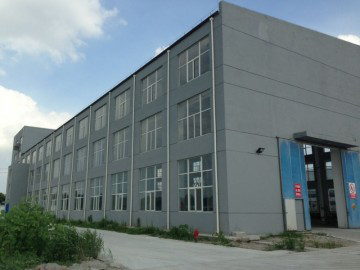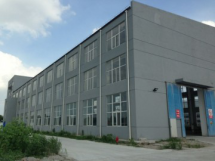Methyl methacrylate is primarily used in the fields of polymerization and copolymerization. Each application requires a specific polymerization process, using initiators that are either free-type (organic peroxides, azo compounds) or ionic. It can be polymerized to produce organic glass. It is used in decorative materials, construction industry components, optical information materials, and encapsulation of electrical parts. It can also be used to produce coatings through emulsion polymerization; paints, adhesives; waterproof agents, and viscosity modifiers for lubricating oils. It can replace ethylene as a crosslinking agent and dilute unsaturated polyester resins, as well as serve as modifiers for natural and synthetic rubber. Most of the methyl methacrylate is used in the organic glass industry, but it is also widely applied in many other fields. In medical functional polymers (polymer material products and polymer drugs), textiles (as a functional monomer for acrylic second monomer), and in coatings, paints, and adhesives, it has achieved extensive application.













